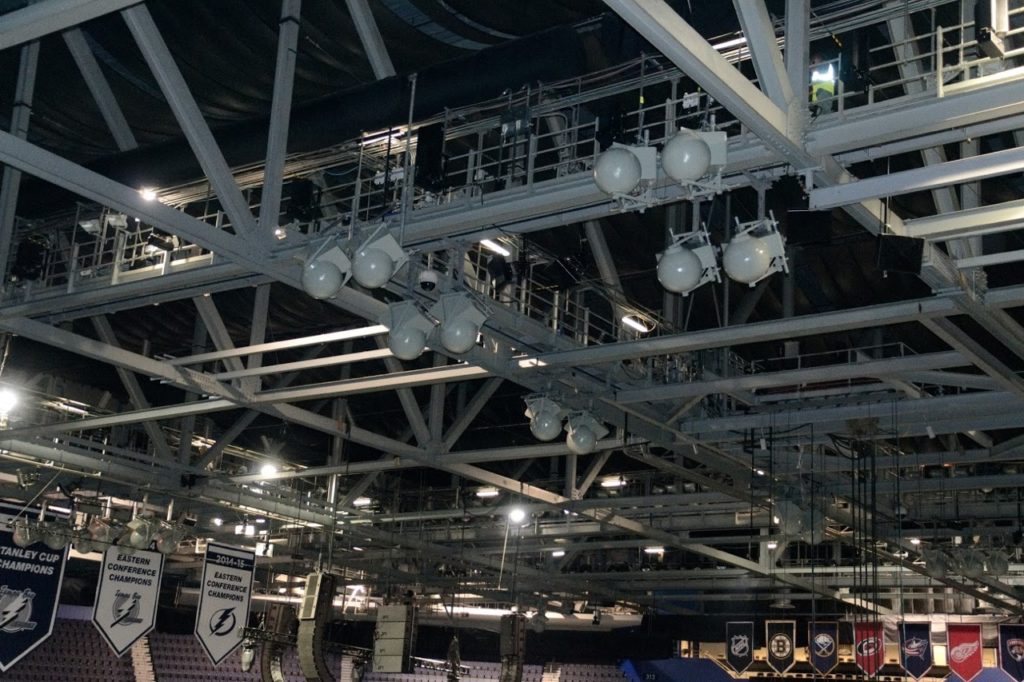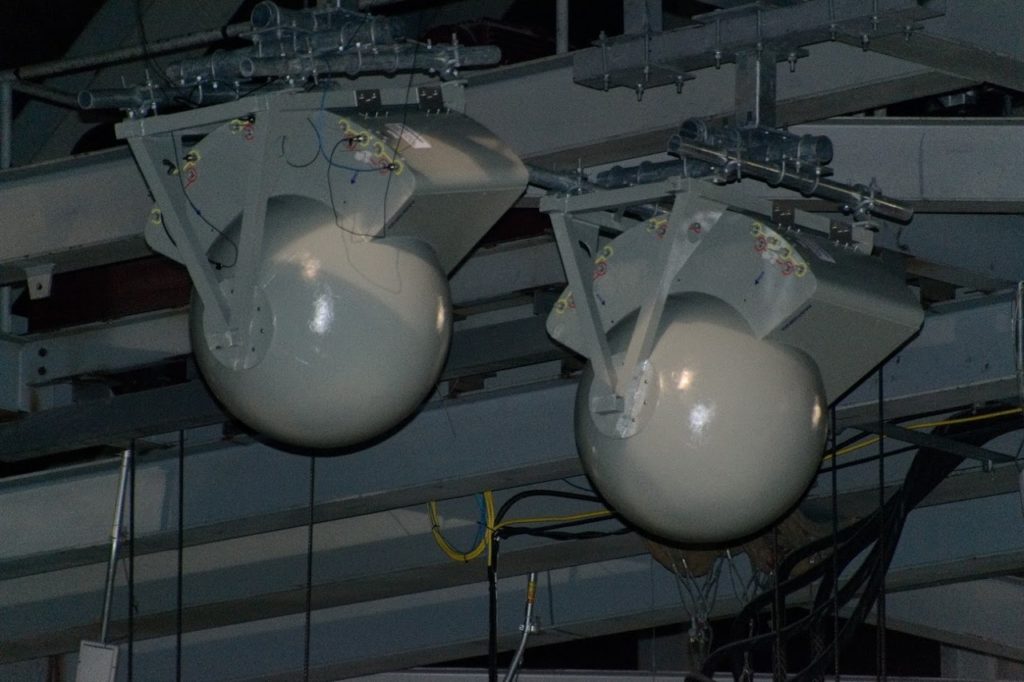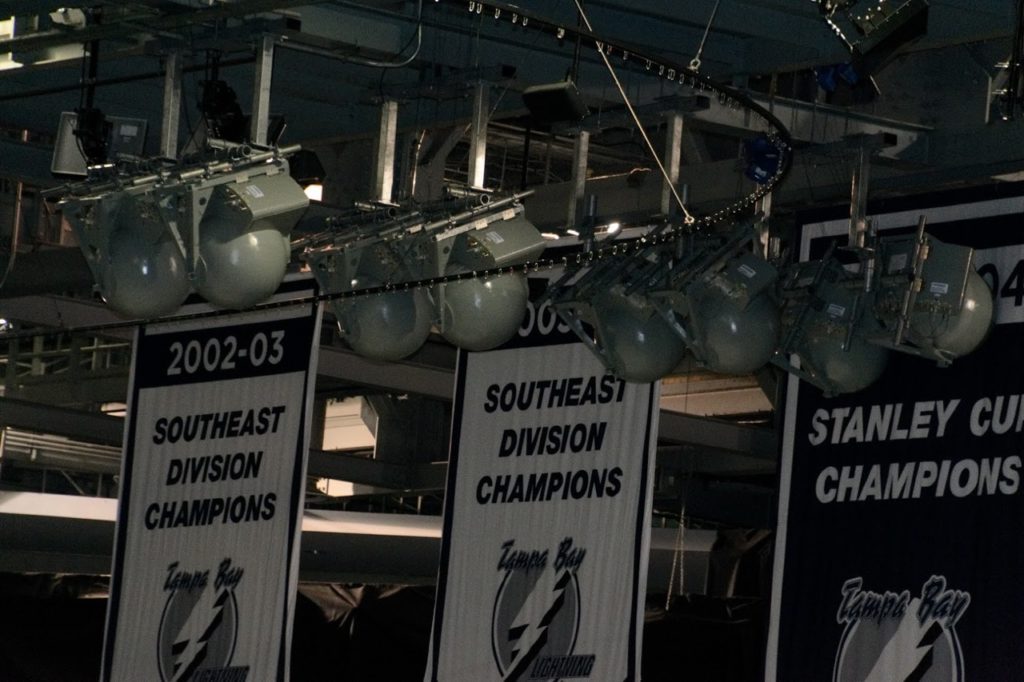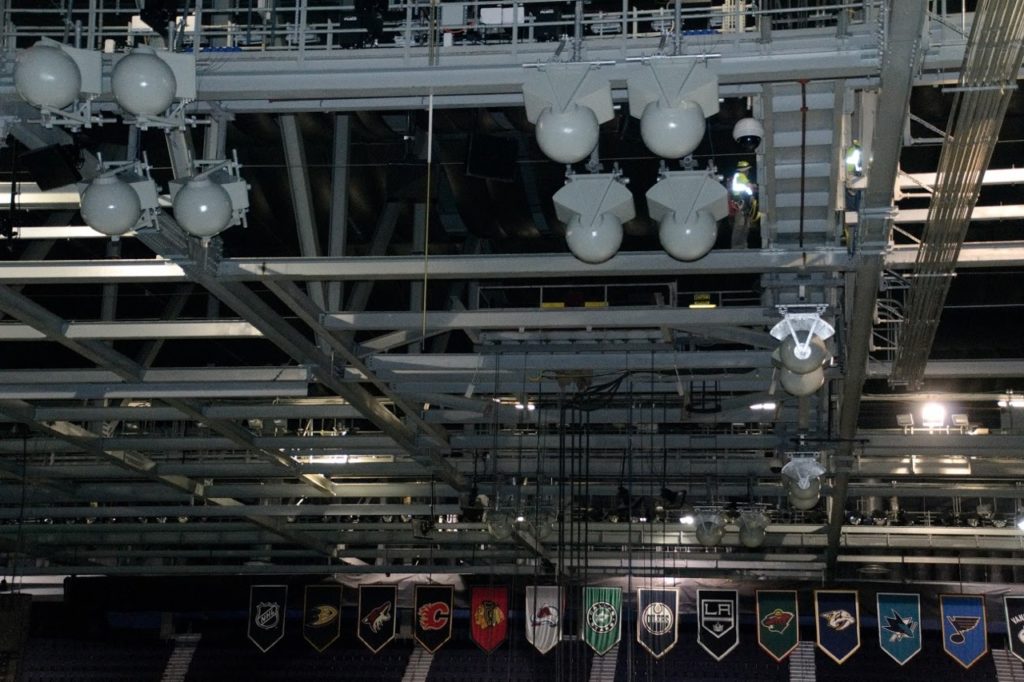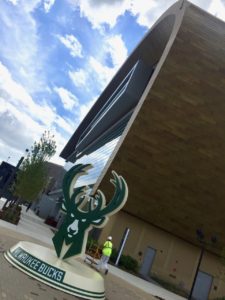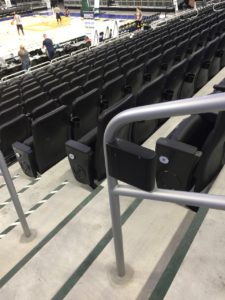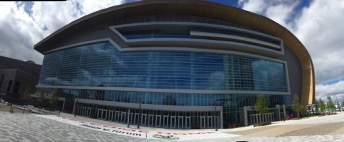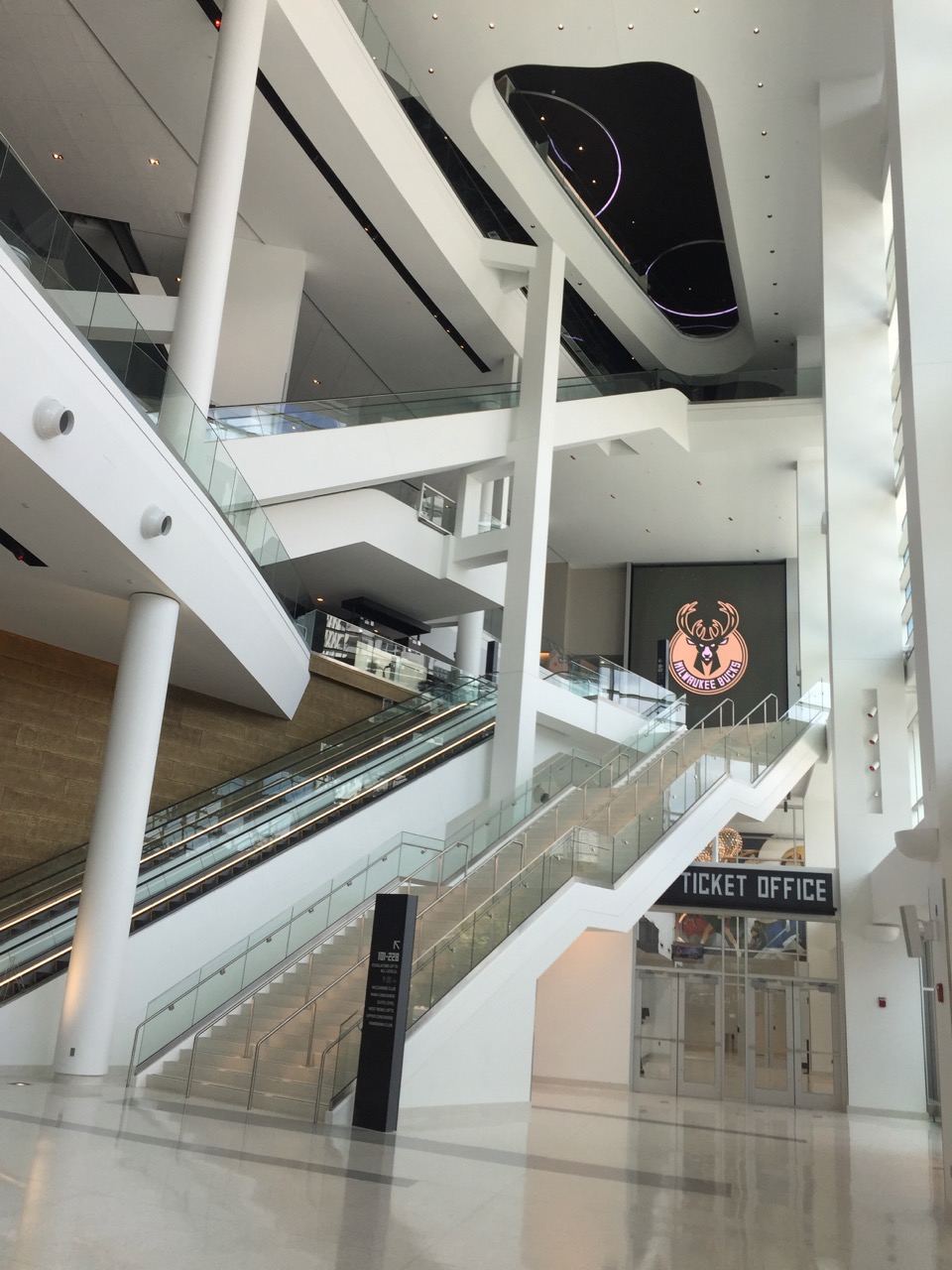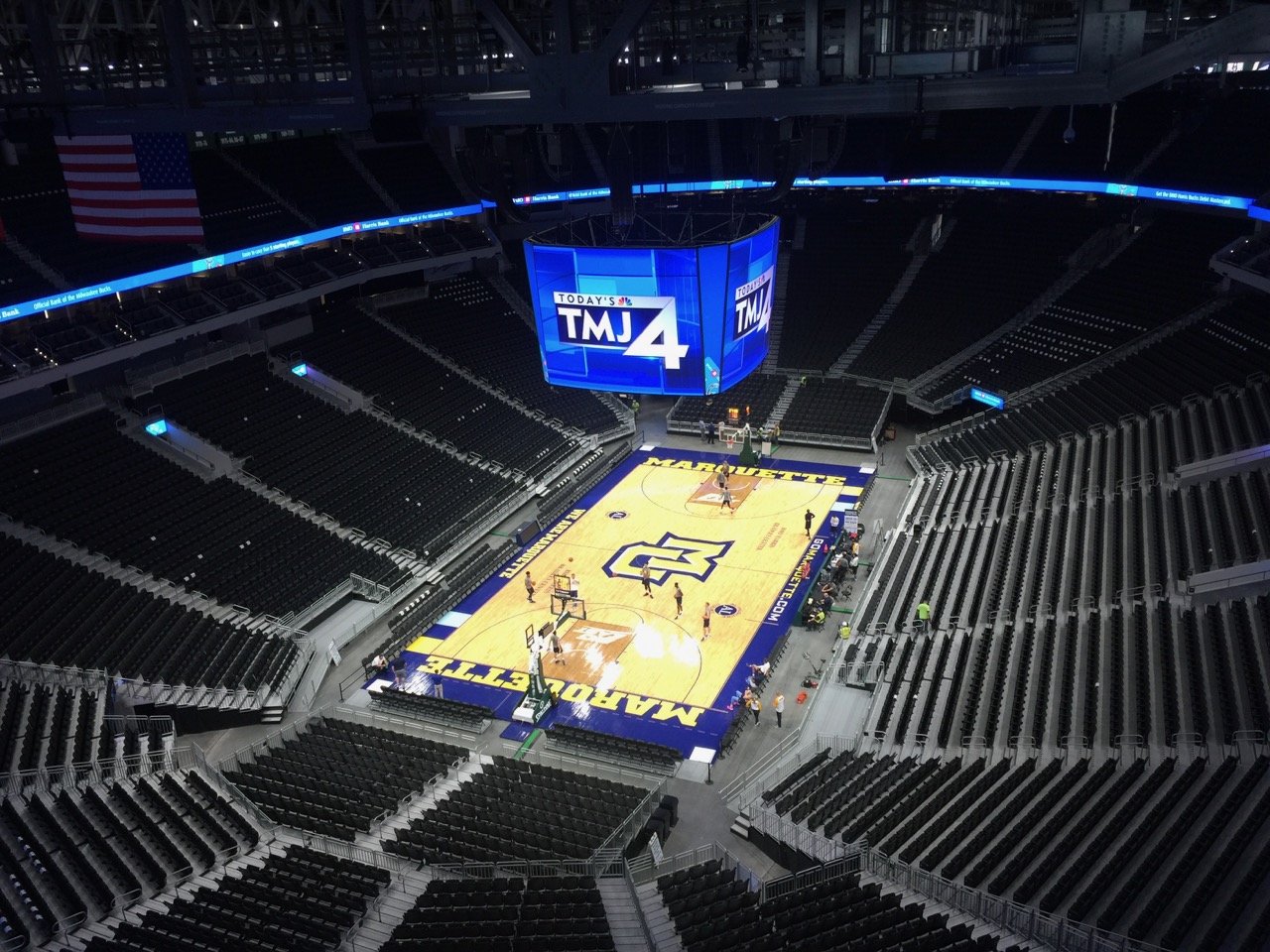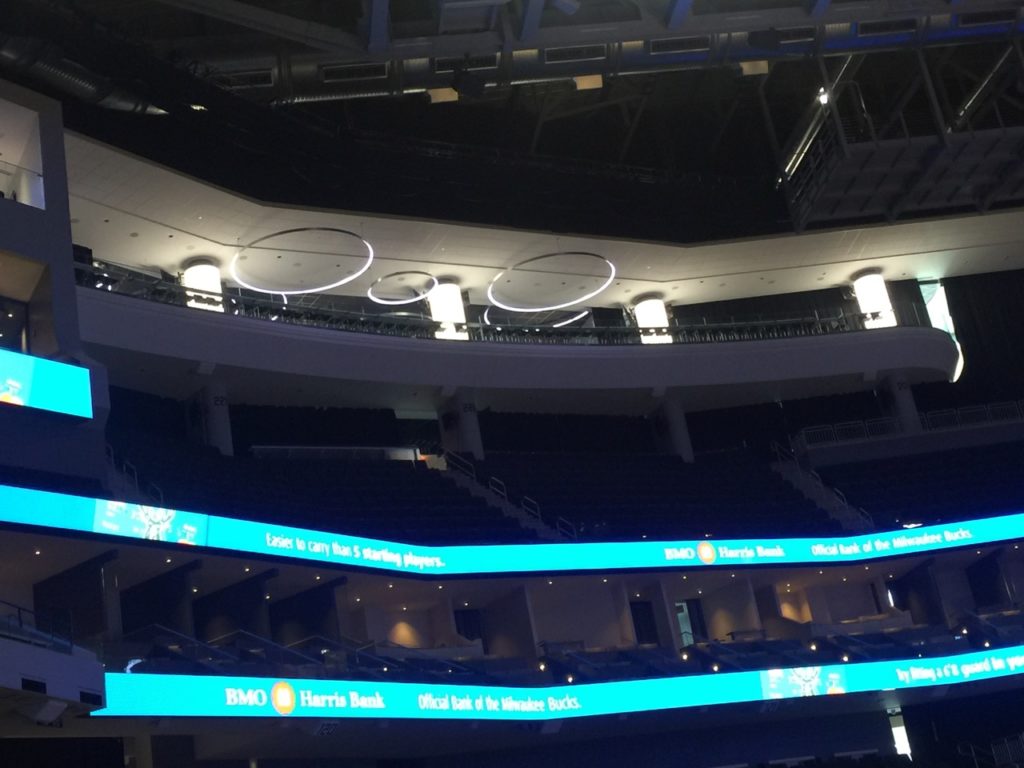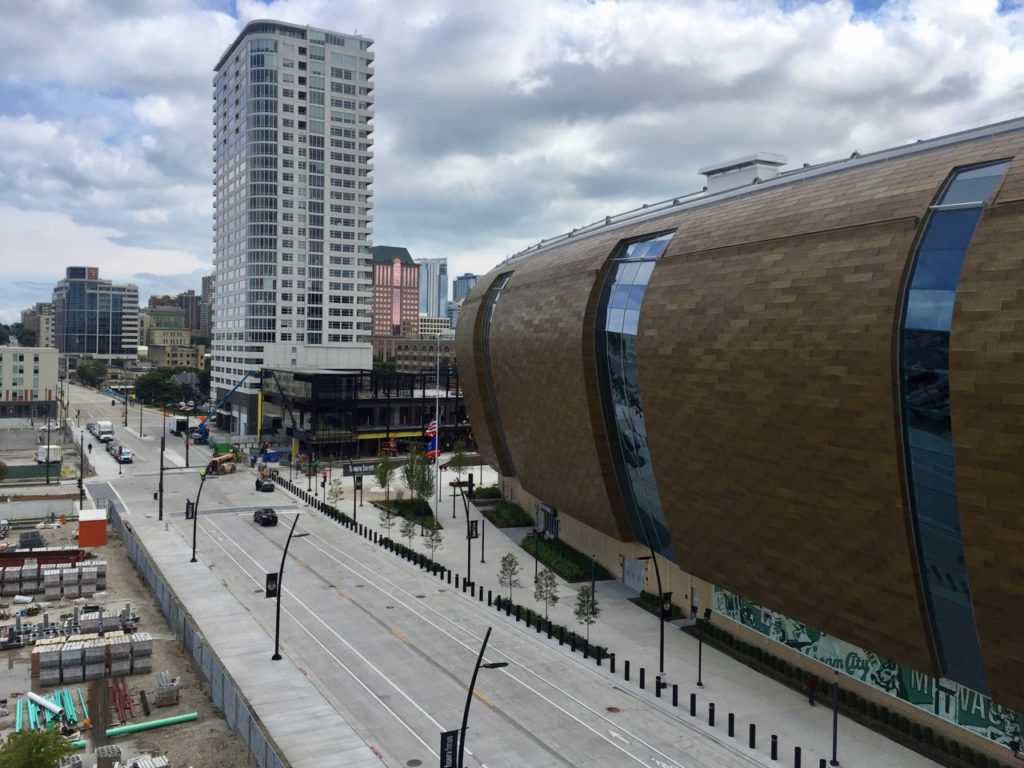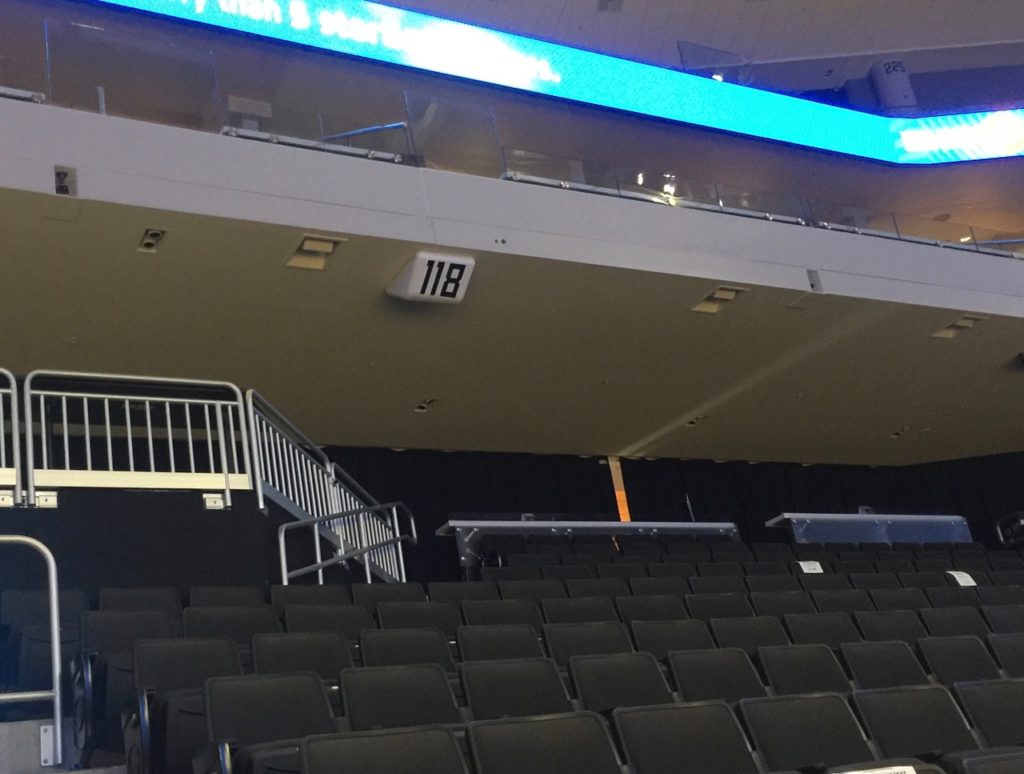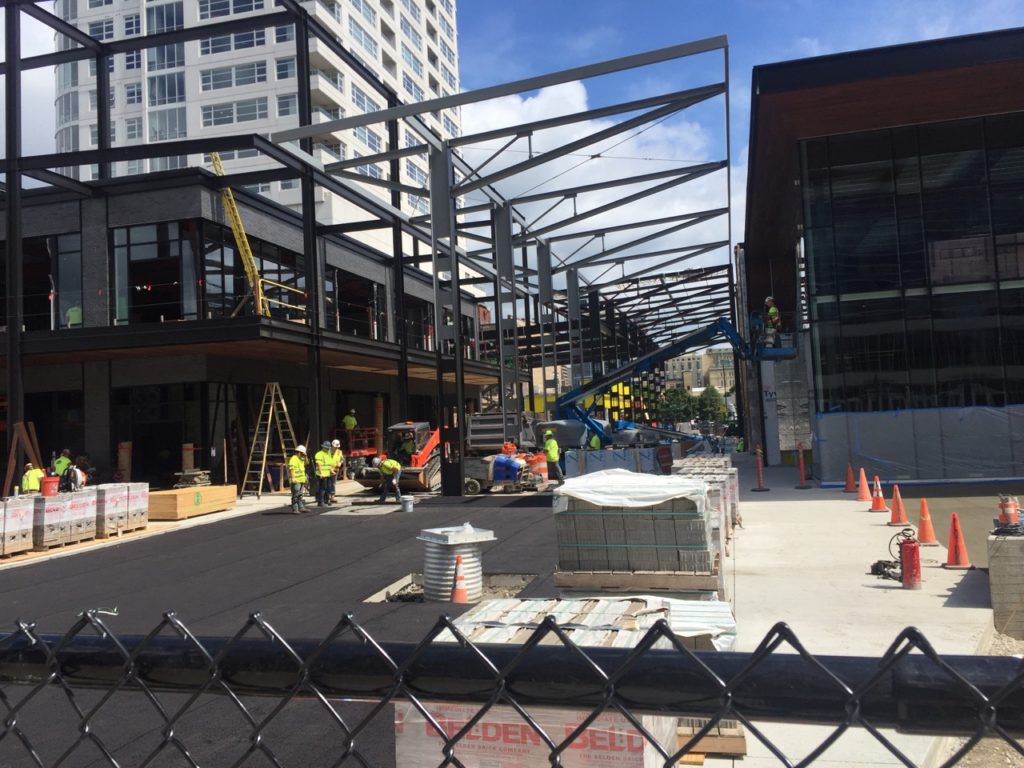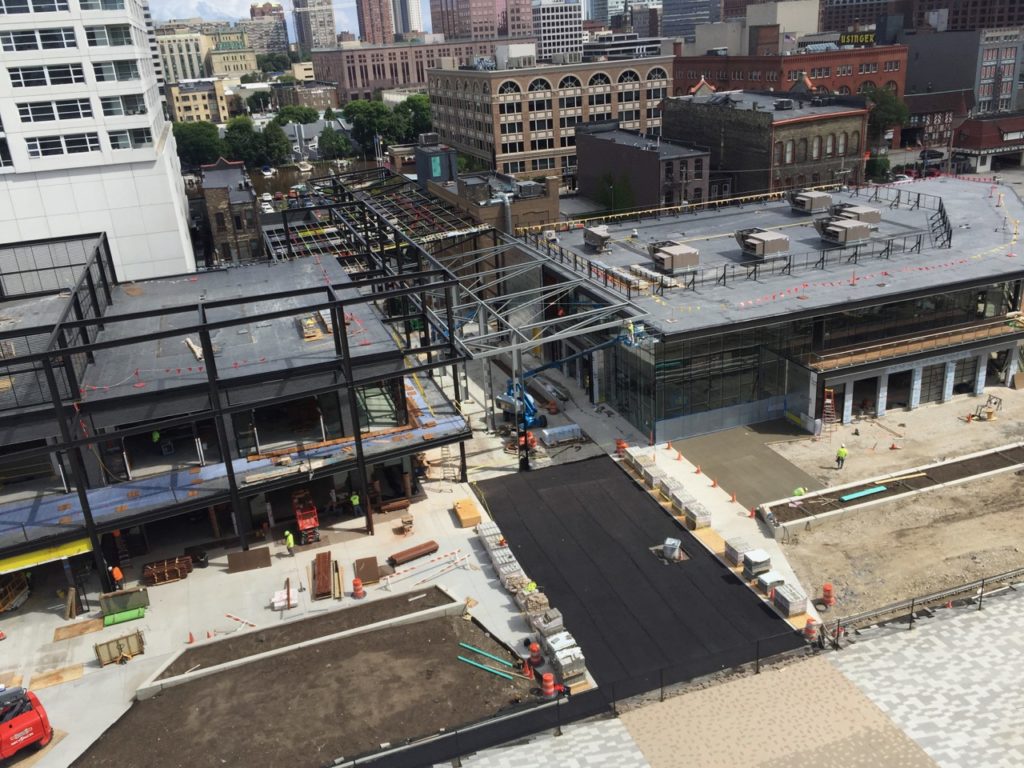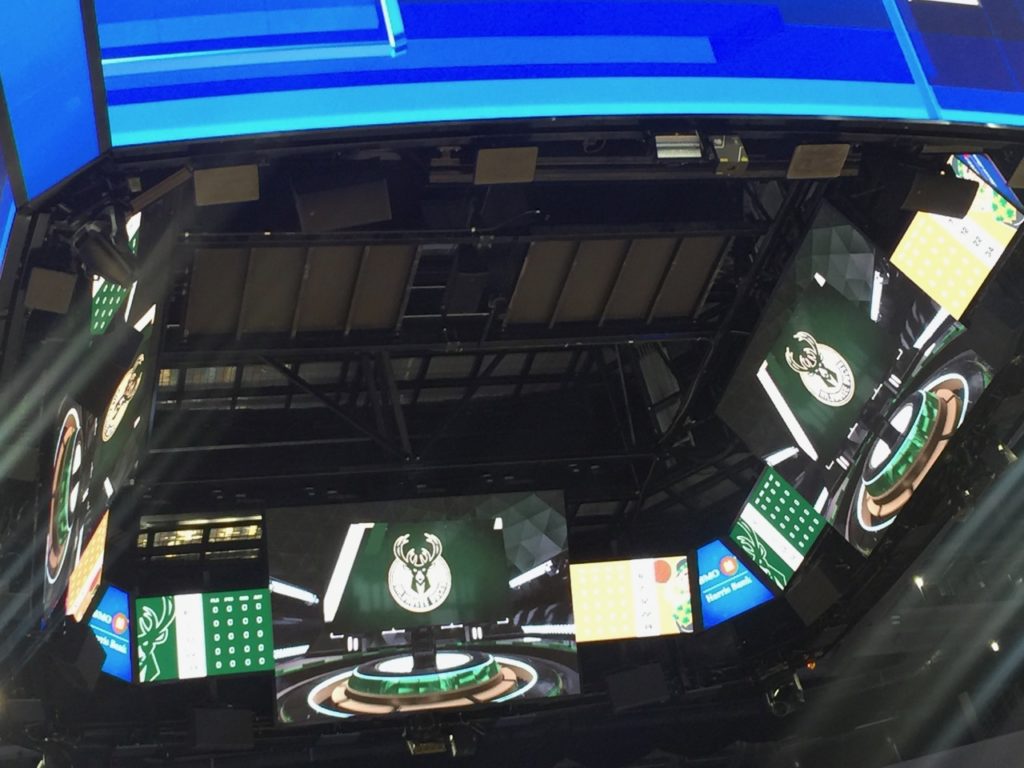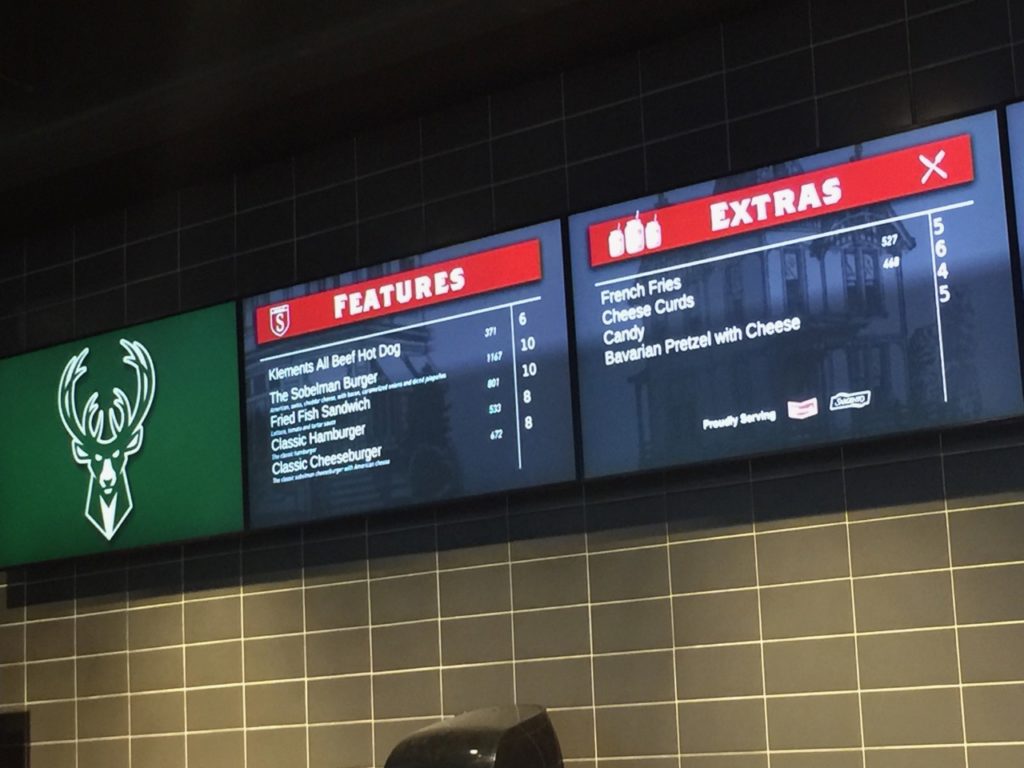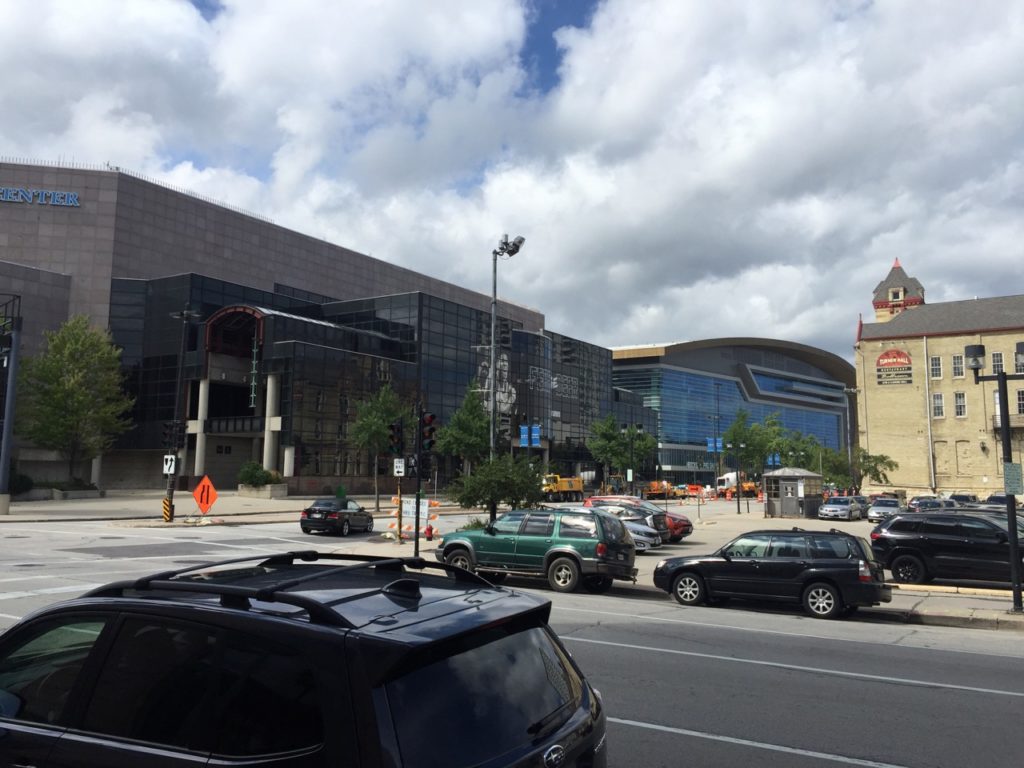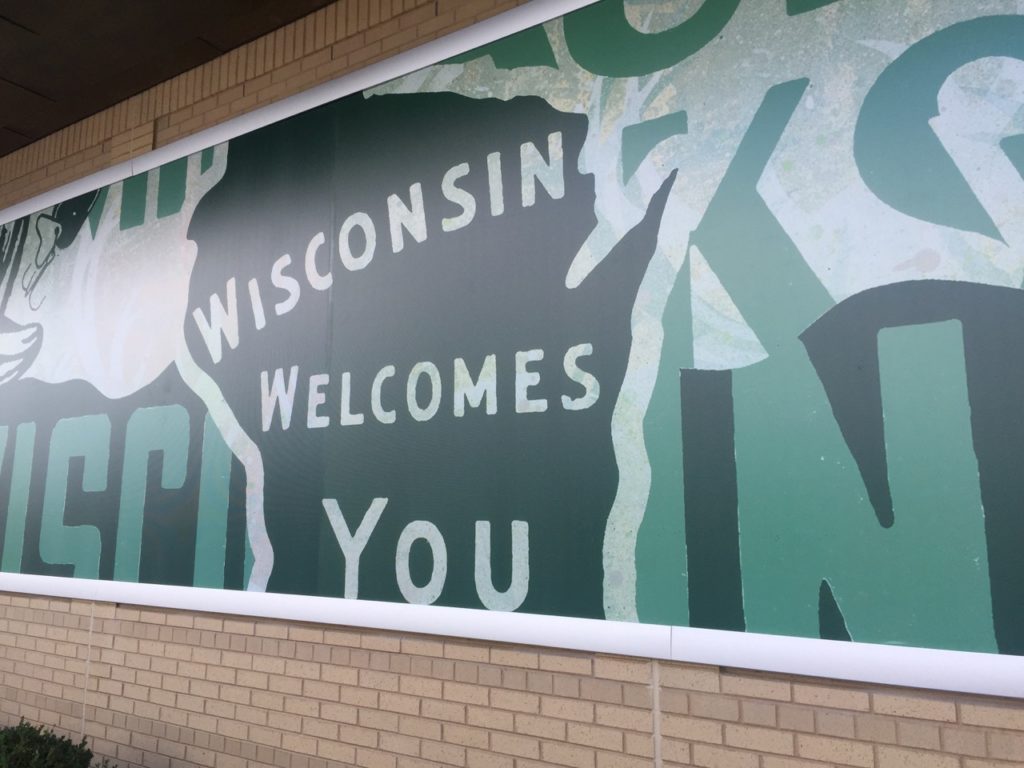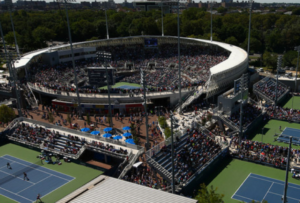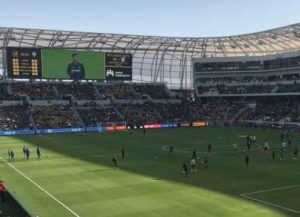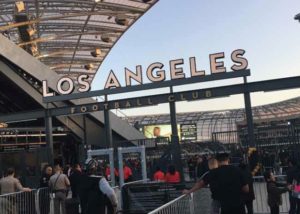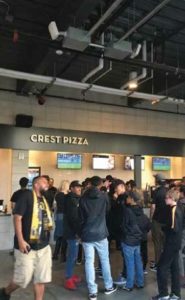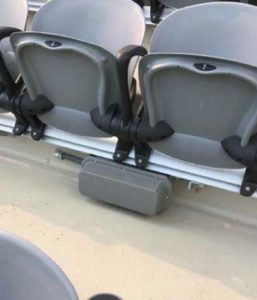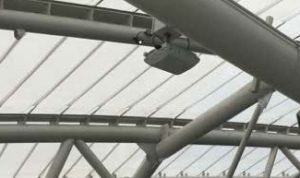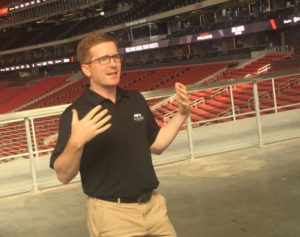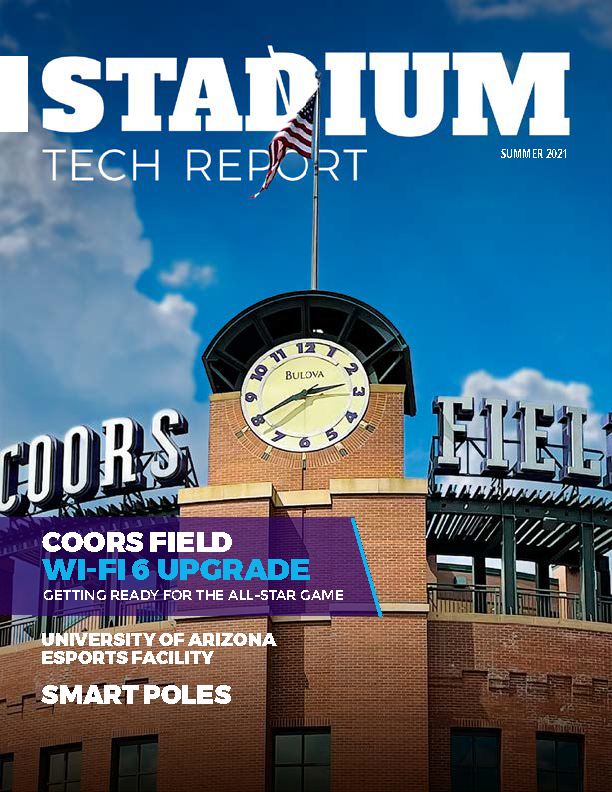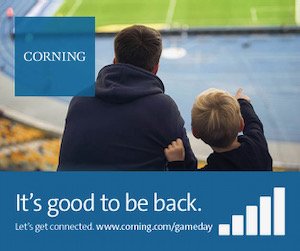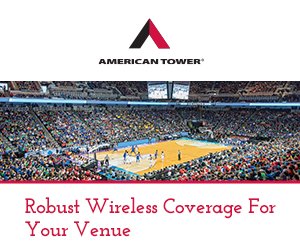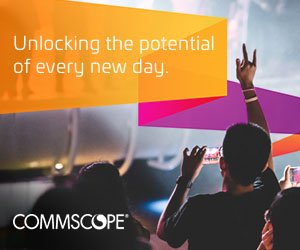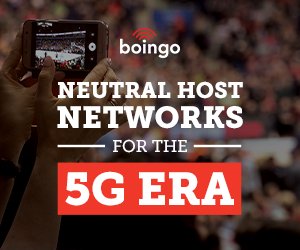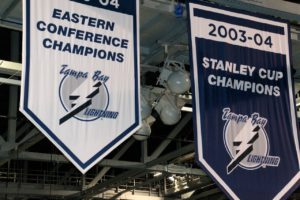
MatSing ball antennas seen behind championship banners at Amalie Arena. Credit all photos: MatSing (click on any photo for a larger image)
Thanks to MatSing folks for the accompanying photos here of the MatSing antennas being deployed in Amalie, painted a nice shade of gray to blend in with the rooftop infrastructure. Fans may not know what the big ball shaped things are, but their cellular coverage should be good in the new AT&T-installed DAS.
Where else will we see MatSings being deployed? Independently Mobile Sports Report has learned that one integrator plans to purchase and use MatSing antennas in two arenas, one an NBA venue and the other a small-college stadium. Since the deals aren’t done we can’t name names yet but it will be interesting to watch where else MatSings end up.
Why use MatSing antennas? What sets MatSing ball antennas (also called “Luneberg Lens” antennas) apart from other wireless gear is the MatSing ball’s ability to provide a signal that can stretch across greater distances while also being highly concentrated or focused. According to MatSing its antennas can reach client devices up to 240 feet away; for music festivals, that means a MatSing antenna could be placed at the rear or sides of large crowd areas to reach customer devices where it’s unpractical to locate permanent or other portable gear. By being able to focus its communications beams tightly, a MatSing ball antenna can concentrate its energy on serving a very precise swath of real estate, as opposed to regular antennas which typically offer much less precise ways of concentrating or focusing where antenna signals go.
Lots of MatSings up in the rafters at Amalie Arena
MatSings are ready for their close-up
Lots of coverage coming from up above
Paint job helps MatSings blend in
